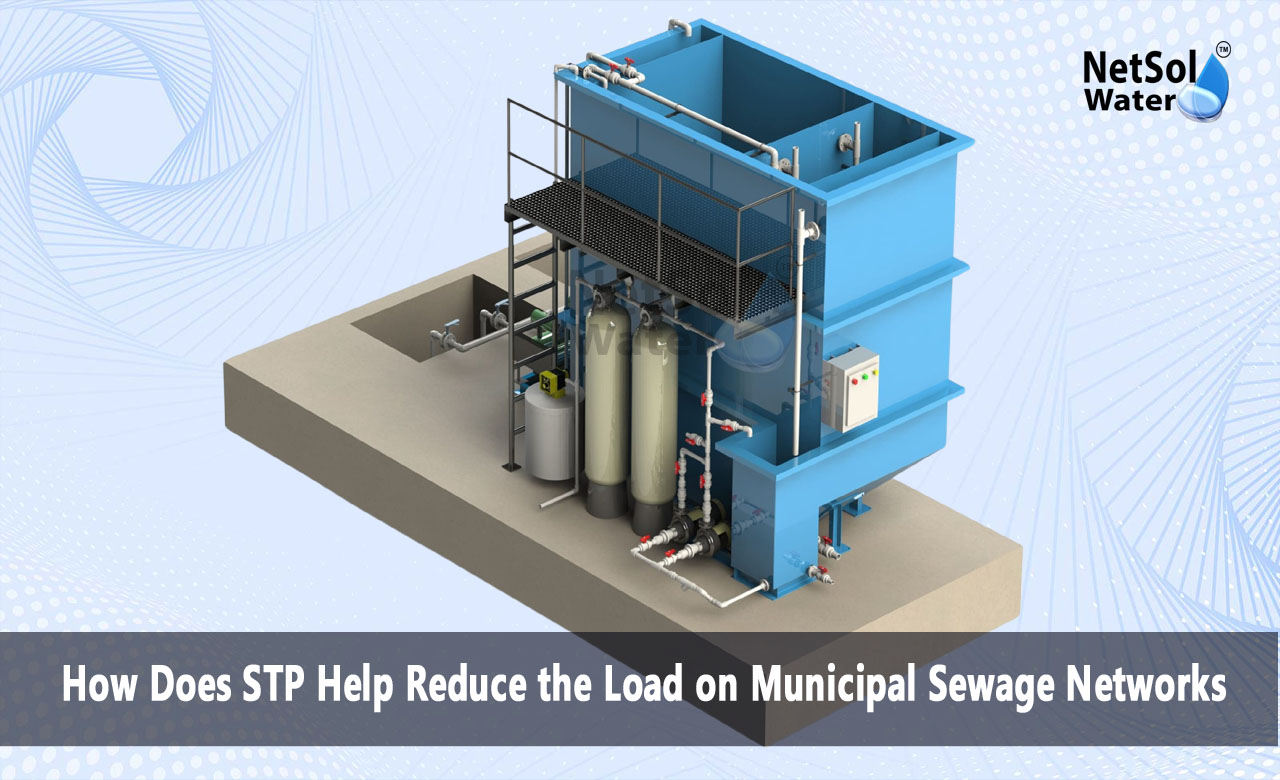How Does STP Help Reduce the Load on Municipal Sewage Networks?
Growing cities face an expanding network of pipes and pumps. Sewage lines struggle to keep pace with rising demand. An sewage treatment plant sits close to homes and offices. It treats water right where it appears. This local action lightens the burden on the main sewer lines. It also cuts the risk of overflows that can flood streets. It guards health by removing harmful waste before it moves on. It saves energy by treating and reusing water nearby. It does not rely on a single central plant to handle every drop, spreads treatment across neighbourhoodsand cuts peak flow in the city’s mains. It gives communities control of water quality at source and makes sewer networks more reliable day after day
Primary Treatment and Volume Reduction
Primary treatment sets the stage for lighter loads on pipes. It removes large solids and debris before water moves further. This early cut in volume lowers what the main network must carry. let us have a look on some of the key processes in this stage
Settling Chambers
Wastewater flows into a tank that slows its speed. Heavier solids sink to the floor. Lighter matter floats up and clears away. This process drops the mass of particles in the water. It also cuts the risk of blockages in later steps
Grease and Grit Removal
Water next passes through a chamber that traps sand and grit. It then moves through a separate unit that skims oil and grease. The grit enters a separate tank for safe disposal. The grease undergoes treatment to turn it into biofuel. These steps cut the material that might harm pumps and pipes
Secondary Treatment and Organic Load Removal
Secondary treatment targets dissolved organic matter. It breaks down pollutants that escaped the primary stage. This step eases chemical and biological load on urban sewers. let us have a look on some of the key processes in this stage
Aeration Tanks
Microbes live in a tank rich in air and nutrients. They feed on organic compounds in the wastewater. Their action converts foul material into harmless byproducts. This reduces the amount of pollutants flowing into the network
Clarification
The mixed water and microorganisms then flow into a settling tank. Here the biomass settles out as sludge. The clear water on top moves on to advanced stages. This process cuts the organic load that city pipes face
Tertiary Treatment and Water Reuse
Tertiary treatment polishes treated water for safe use. It drives down the risk that treated water harms the network or the environment. let us have a look on some of the key processes in this stage
Filtration Methods
Water moves through sand filters or membrane units. These barriers catch fine particles and pathogens. The result is much cleaner water that can return to local use. This step lowers the volume sent back into the municipal system
Disinfection
Finally the water meets UV light or low dose chlorine. These agents kill remaining bacteria and viruses. The treated water then enters supply lines for irrigation or industry. This reuse cuts the total flow entering the main sewage mains
Decentralized STP Systems and Network Relief
Decentralized STPs spread treatment across many sites. They cut peak flows that can overwhelm a central plant. let us have a look on some of the key features in this approach
Local Treatment at Source
An STP at a housing complex treats wastewater on site. It then releases safe water to the local storm drain. This move avoids pushing all waste through long pipes. It also reduces energy use for pumping
Seasonal Flow Control
During heavy rains spread STPs absorb extra runoff. They hold water in equalization tanks. They then feed it back slowly into the network. This buffering cuts the chance of sewer surges and backflows
Conclusion:
STPs cut solids and grease early on and shrink organic load with science and microbes. They polish water to make it fit for reuse. They also break peak flows across many sites. Each step strengthens our sewer lines. Each design choice lightens network strain. Each local plant adds to the overall system health. To learn more or request a consultation on STP solutions, contact our team today. We stand ready to help you plan a setup that suits your needs.
Contact Netsol Water at:
Phone: +91-9650608473, Email: enquiry@netsolwater.com



